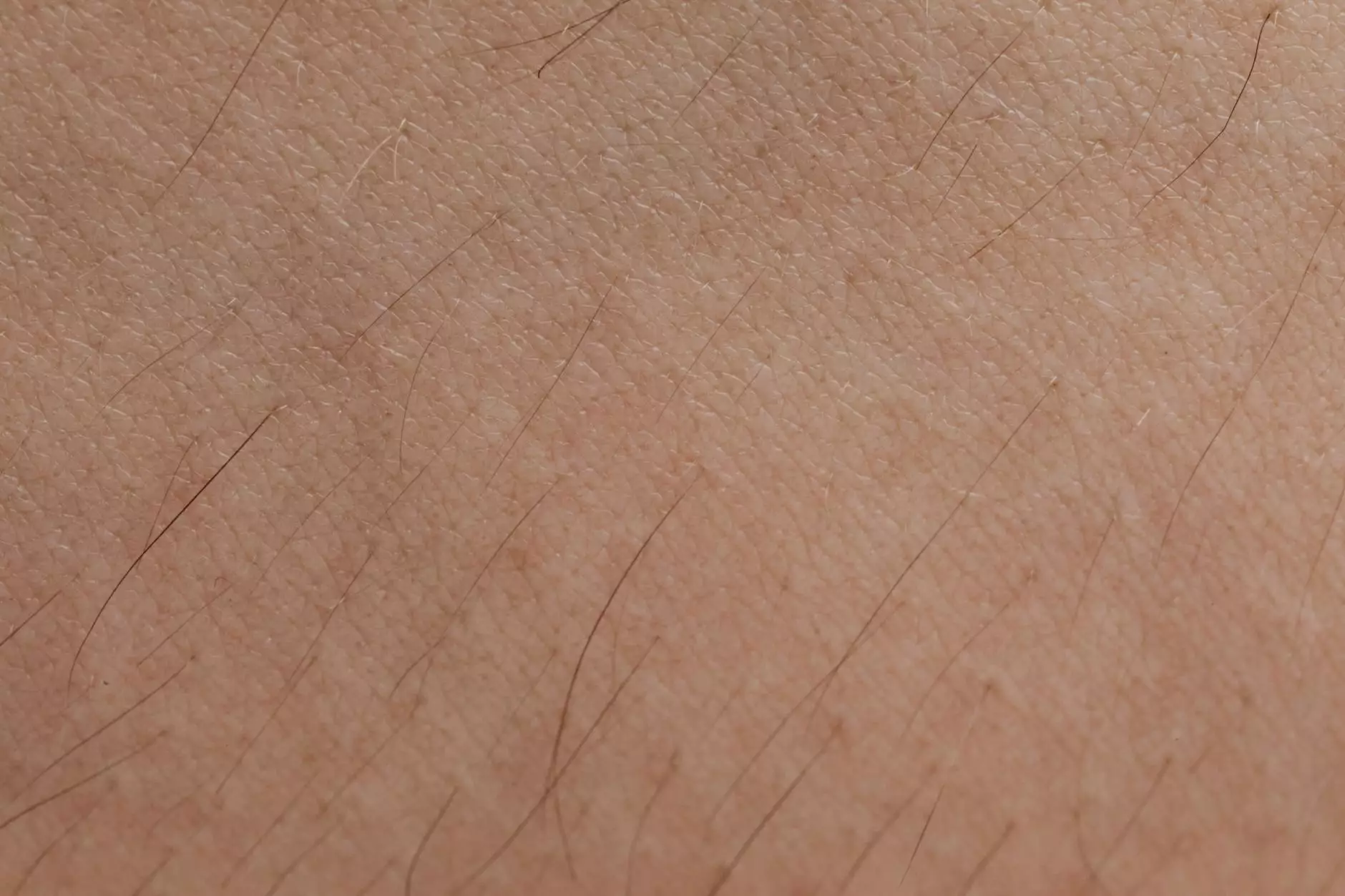Ankle Discoloration: Understanding Causes and Solutions

Ankle discoloration is an often overlooked condition that can be a symptom of various underlying health issues. It is characterized by changes in the color of the skin around the ankle, which can range from subtle shadowing to significant color changes. Understanding the causes, treatment options, and preventive measures can help individuals manage this condition effectively.
What is Ankle Discoloration?
Ankle discoloration refers to the change in color of the skin surrounding the ankle joint. This phenomenon can result from numerous factors and is often accompanied by other symptoms, such as swelling or pain. Recognizing the specific hue and pattern of discoloration can provide valuable insights into its cause.
Common Causes of Ankle Discoloration
There are multiple factors that may lead to the discoloration of the ankles:
- Vascular Issues: Conditions such as chronic venous insufficiency can cause blood to pool in the veins, leading to a darkening of the skin.
- Skin Conditions: Eczema, dermatitis, or other skin conditions may also result in discoloration due to inflammation or irritation.
- Injuries: Bruising from falls or sprains can lead to temporary changes in skin color.
- Circulatory Disorders: Conditions like peripheral artery disease can affect blood flow, sometimes leading to color changes in the extremities.
- Edema: Swelling caused by fluid retention can stretch the skin and change its color.
Types of Ankle Discoloration
Ankle discoloration can present in various forms, and understanding the different types can aid in diagnosis:
- Brownish Discoloration: Often associated with chronic venous insufficiency.
- Redness: Can indicate inflammation or infection.
- Blue or Purple Tones: Might suggest issues with blood circulation.
- Yellowish Tints: This can be linked to certain liver conditions or the effects of chronic swelling.
Diagnosing the Cause of Ankle Discoloration
If you experience persistent or unexplained ankle discoloration, it is crucial to consult a healthcare professional. They may conduct:
- Physical Examinations: Assessing the area to identify symptoms.
- Ultrasound Imaging: To check for blood flow and detect any vascular issues.
- Blood Tests: To identify underlying health problems such as liver conditions or clotting disorders.
Treatment Options for Ankle Discoloration
Treatment for ankle discoloration largely depends on its cause:
- Compression Therapy: Utilizing compression stockings can improve circulation and reduce swelling.
- Medication: Topical creams or systemic medicine may be prescribed to relieve inflammation or treat infections.
- Physical Therapy: Engaging in specific exercises to enhance circulation and strengthen the ankle.
- Surgery: In severe cases, surgical intervention might be necessary to address vascular issues.
Preventative Measures for Ankle Discoloration
Taking proactive steps can help minimize the risk of developing ankle discoloration:
- Stay Active: Regular physical activity promotes healthy circulation.
- Maintain a Healthy Weight: Reducing pressure on the veins can prevent blood pooling.
- Hydrate: Ensure adequate fluid intake to support vascular health.
- Avoid Prolonged Sitting or Standing: Shift your position frequently to promote better blood flow.
- Wear Comfortable Footwear: Choose shoes that provide proper support to avoid strain on the ankles.
When to Seek Professional Help
While some instances of ankle discoloration may resolve on their own, it is essential to seek medical advice if you notice:
- Persistent Color Changes: If discoloration lasts more than a few days.
- Accompanying Pain: Experiencing significant discomfort or swelling.
- Signs of Infection: Such as warmth, fever, or pus in the area.
- Changes in Mobility: Difficulty moving the foot or ankle joint.
Conclusion
In summary, ankle discoloration can be an indicator of various health concerns ranging from benign to serious conditions. Understanding the causes, recognizing symptoms, and knowing when to seek treatment can make a significant difference in managing your health effectively. If you or someone you know is experiencing ankle discoloration, it is crucial to consult with a qualified healthcare provider, such as those at Truffles Vein Specialists, who can offer accurate diagnosis and treatment options tailored to individual needs.
Further Resources
For further reading on vascular health and related conditions, consider exploring:
- Truffles Vein Specialists
- Healthline
- Mayo Clinic









